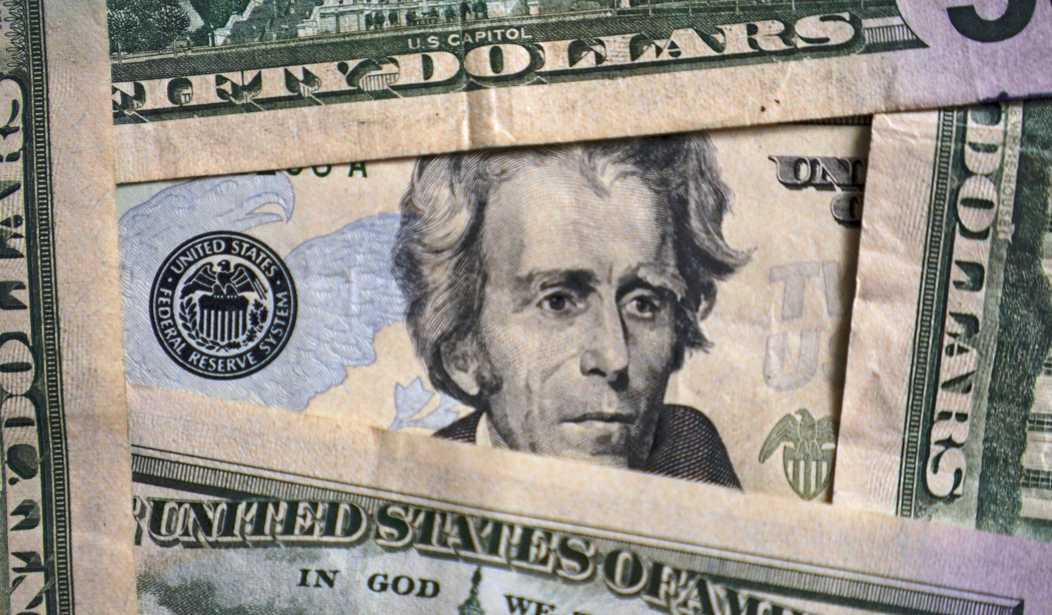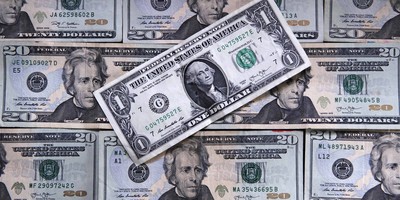As we stand on the cusp of what may be a new era in our economic landscape, marked by soaring interest rates, it's not just the commercial real estate sector or big-time investors who should brace for impact. This shift is a red flag for average consumers, households across the nation, and anyone who relies on credit for their day-to-day expenses. With three decades in commercial real estate, I've seen how financial ebbs and flows can alter lives. Consumers have a right to know how this impending surge in rates is rippling across their lives.
The core CPI's recent spike isn't merely a data point for economists to ponder; it heralds a potential tightening of financial conditions that is reaching into every wallet and every home. As rates climb, the effects permeate every corner of the economy. Loans for cars, education, and homes are becoming more expensive and out of reach for many people. Credit card rates have risen, and the dream of homeownership has slipped further away for many. This isn't just a matter of higher payments; it's about the very real possibility of consumers finding themselves with less disposable income, facing heftier debt burdens, and potentially curtailing their spending — all of which are indicators of a slowing economy.
Consider the household with existing debt, a reality for many Americans. As interest rates continue to rise, so does the cost of servicing that debt. What was once a manageable monthly payment has inflated, leaving less income for savings, essentials, or the occasional luxury. This scenario is a looming reality for individuals already grappling with debt or those not being able to make ends meet and living paycheck to paycheck.
Recent data is startling: Rates on 30-year fixed mortgages have surged, now teetering around 8%+, a stark increase from the 3% enjoyed during the last decade. This leap is the highest we've seen since December 2000, bringing us closer to a reality where 8% mortgage rates are the norm, not the exception. The repercussions of this uptrend are not just numbers on a paper; they translate into significant financial strain on households across the nation.
Recommended
Let's put this into perspective. A comparative analysis by FOX Business highlighted the profound difference a mere percentage increase can make. If you were to take out a mortgage now, with rates nearing 8%, you could end up paying hundreds of dollars more monthly compared to a mortgage with a 3.09% rate from just two years ago. Over the lifespan of a 30-year loan, this difference could add up to an eye-watering $400,000. Presently, a median-priced home could see mortgage payments soaring to approximately $2,720 per month, a steep climb from the more manageable $1,581 just a couple of years prior.
The ripple effects of these swelling rates are multi-faceted. For one, they're throttling consumer demand. The Mortgage Bankers Association reported a significant plummet in mortgage applications, hitting their lowest since 1995. On the supply side, homeowners are hesitant to sell, wary of relinquishing their low-rate mortgages amidst this spike. This reluctance contributes to a stark housing shortage, with available home supply down a staggering 45.1% from pre-COVID-19 levels.
But it's not all doom and gloom. Times of economic strain also present opportunities to build resilience. High interest rates can foster a culture of savings, as people seek to avoid costly debt. They can inspire more cautious borrowing, with individuals weighing the true cost of a loan more carefully. For investors, these times are stark reminders of why a diversified portfolio is key in weathering market vicissitudes.
Yet, none of this diminishes the need for vigilance and proactive planning. Now is the time for consumers to reassess their financial health: to review and adjust budgets, strategize to reduce debt, and perhaps most critically, to build an emergency fund if they haven’t already. Caution is also warranted when considering new debts, as the cost of borrowing is on an upward trajectory.
The prospect of high interest rates is undeniably challenging, but it's not insurmountable. I believe in our collective ability to navigate this storm. With informed, proactive strategies, consumers can manage these financial challenges and potentially emerge even stronger. Every economic cycle, with its highs and lows, imparts valuable lessons; our task is to learn and adapt, ensuring we're better prepared for the next turn of the tide.

























Join the conversation as a VIP Member